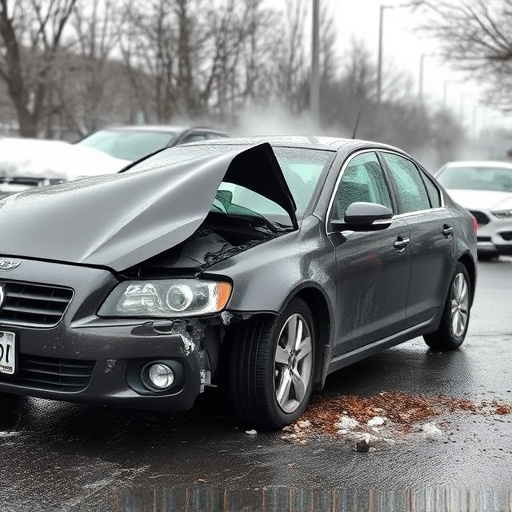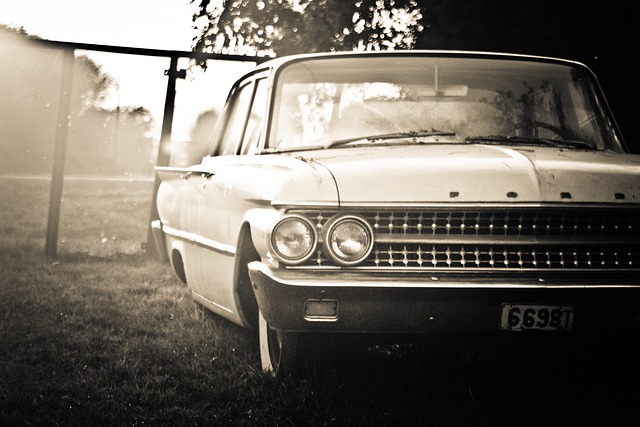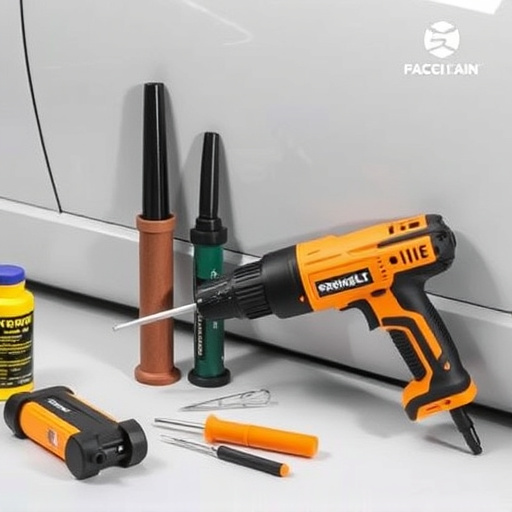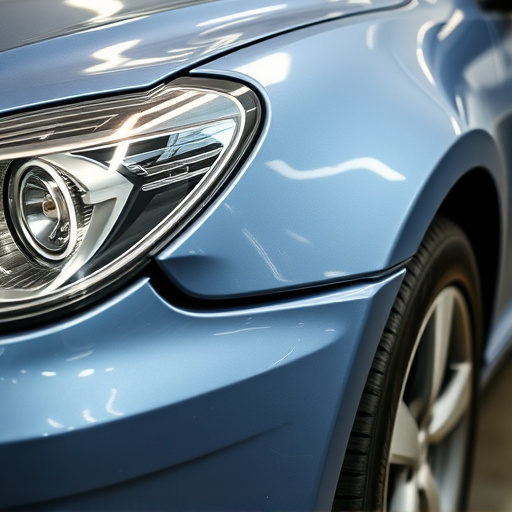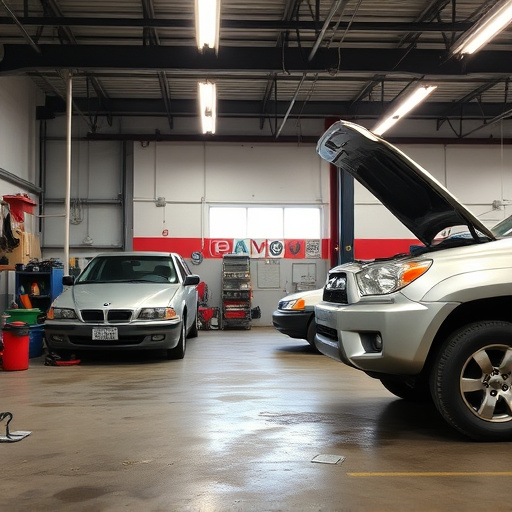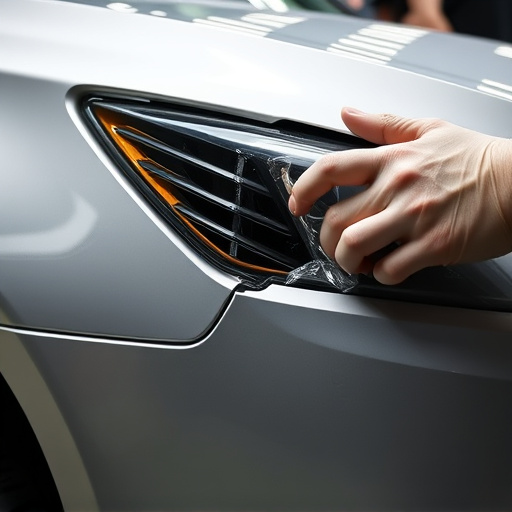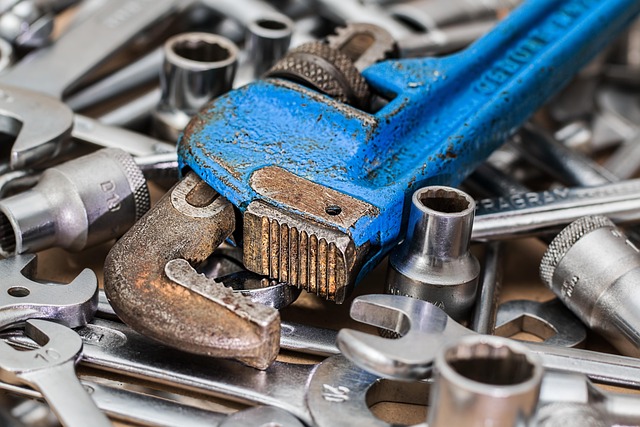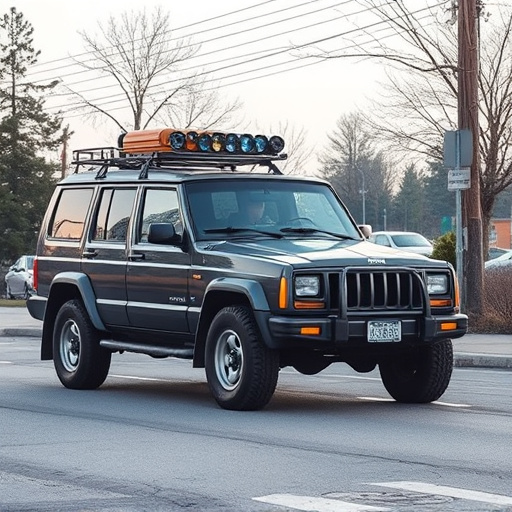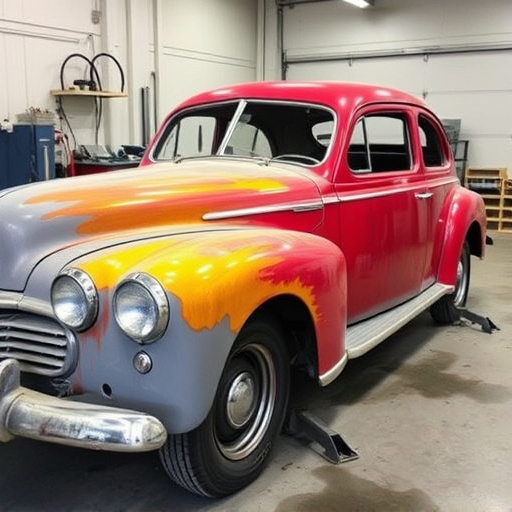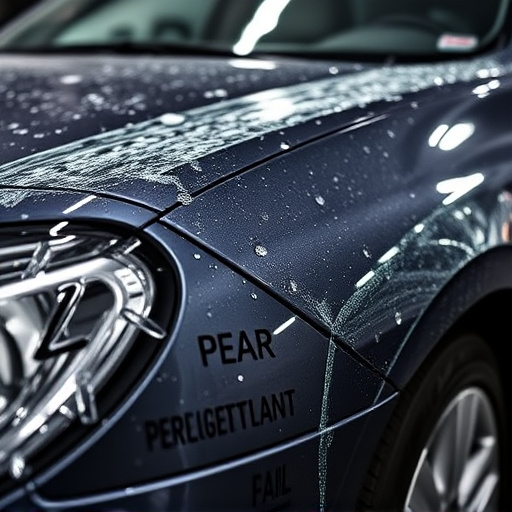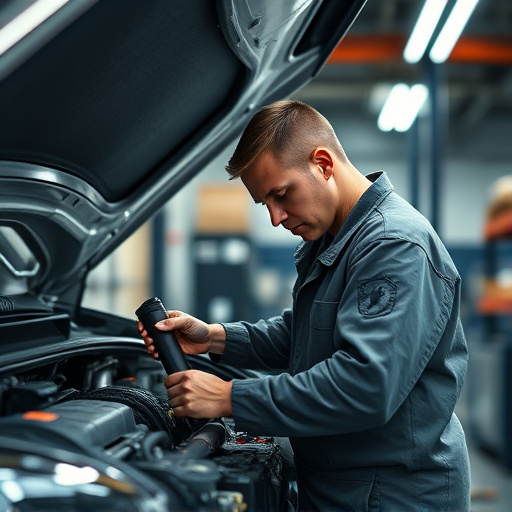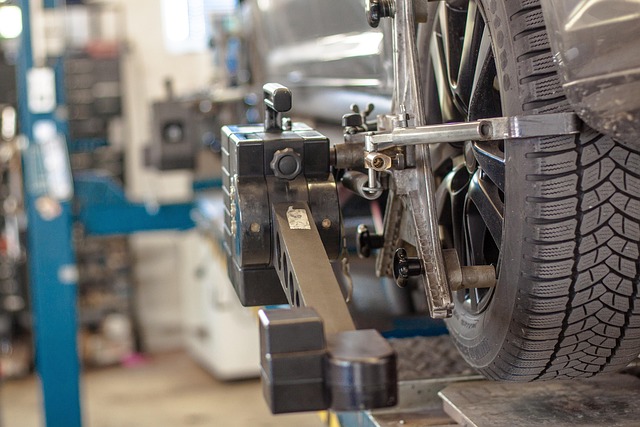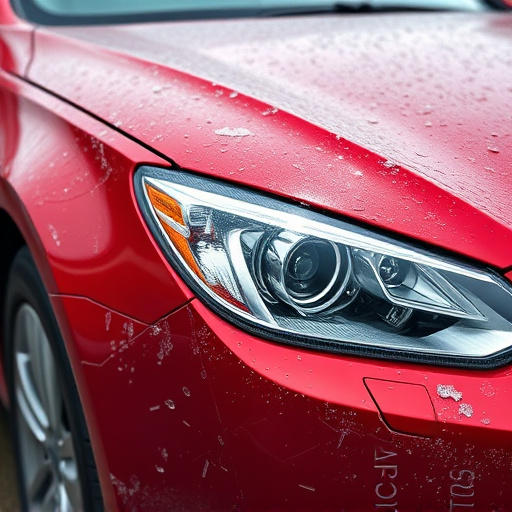Mastering panel bonding in auto body panel replacement combines adhesive, mechanical fastening, and fusion welding, requiring meticulous surface preparation and material compatibility. Strict environmental conditions are vital for structural integrity and longevity. Advanced technologies like laser welding and precision adhesives transform the field, enhancing quality and speed but demanding significant investments and trained personnel. Overcoming these challenges enables businesses to provide superior, efficient auto body panel replacement services.
In the realm of auto body repair, efficient and effective panel bonding techniques are paramount for achieving optimal results in auto body panel replacement. This comprehensive guide explores the intricacies of panel bonding, shedding light on understanding, implementing, and advancing these techniques. From traditional methods to cutting-edge technologies, we delve into the benefits and challenges, empowering professionals to make informed decisions for superior craftsmanship and enhanced vehicle durability.
- Understanding Panel Bonding Techniques for Optimal Results
- Common Panel Bonding Methods in Auto Body Repair
- Benefits and Challenges of Advanced Panel Bonding Technologies
Understanding Panel Bonding Techniques for Optimal Results
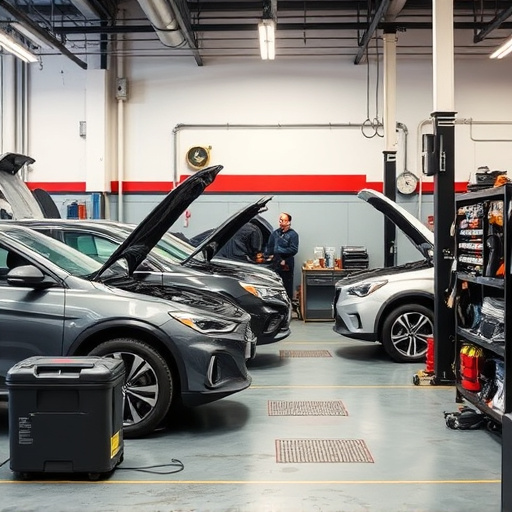
Understanding Panel Bonding Techniques for Optimal Results
In the realm of auto body panel replacement, mastering panel bonding techniques is key to achieving seamless and durable repairs. It involves a meticulous process where multiple methods, including adhesive bonding, mechanical fastening, and fusion welding, are employed to reattach panels to the vehicle’s frame. The success hinges on factors such as surface preparation, compatibility of materials, and adherence to strict environmental conditions during application.
Proper understanding of these techniques ensures optimal results in auto body panel replacement. For instance, frame straightening plays a crucial role by ensuring the metal is accurately aligned before bonding. This precision minimizes stress points, enhancing the structural integrity and longevity of repairs. Moreover, using the right auto repair near me facilities equipped with advanced collision repair technologies can significantly impact the effectiveness of these techniques.
Common Panel Bonding Methods in Auto Body Repair
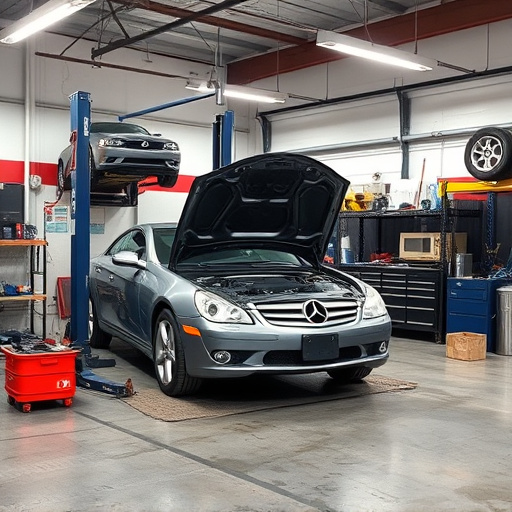
In the realm of auto body panel replacement, several bonding methods have emerged as reliable tools for collision repair professionals. Among the most common are structural adhesive bonding and rivet bonding. Structural adhesives offer a strong, permanent bond between panels, often used in complex repairs where precision is key. This method involves applying a thin layer of adhesive to the surfaces, ensuring proper alignment before curing. The result is a seamless integration that can mimic the original vehicle’s integrity, making it ideal for both structural and cosmetic auto body repairs.
Rivet bonding, another popular technique, utilizes metal rivets to secure panels together. This approach provides excellent strength while allowing for adjustments during installation, accommodating minor misalignments common in collision repair scenarios. Once aligned, panels are held in place by the rivets, which are then permanently fixed with a strong adhesive, ensuring a durable bond. These methods significantly contribute to the precision and quality of modern auto body panel replacement and vehicle paint repair processes.
Benefits and Challenges of Advanced Panel Bonding Technologies
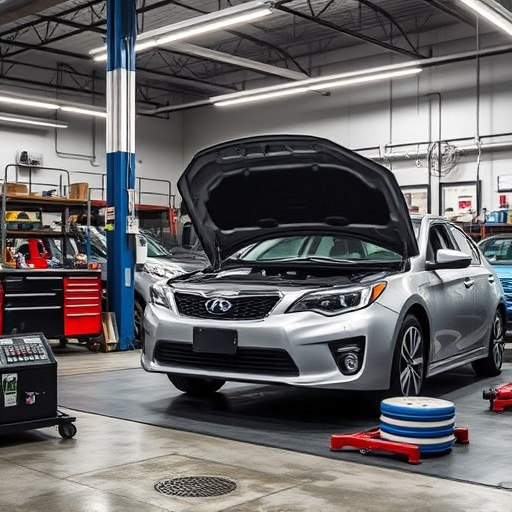
Advanced Panel Bonding Technologies offer a multitude of benefits for auto body panel replacement, revolutionizing the way collision repair centers and car body shops approach repairs. These innovations significantly enhance structural integrity, ensuring that replaced panels fuse seamlessly with existing components, resulting in vehicles that meet or exceed original manufacturing standards. The use of advanced techniques like laser welding and precision adhesives can also reduce repair times, lowering costs for both auto repair shops and consumers.
Despite their advantages, these technologies present certain challenges. Specialized equipment and trained personnel are required to execute these advanced bonding methods effectively, which can be a significant investment for smaller collision repair centers. Additionally, some techniques demand precise environmental conditions, such as temperature and humidity control, that may not always be readily available in standard auto body shop settings. Nonetheless, with the right resources, these challenges can be overcome, enabling shops to offer more efficient, high-quality auto body panel replacement services.
Panel bonding techniques have revolutionized auto body panel replacement, offering precise and durable solutions. By understanding the various methods like laser welding and adhesive bonding, as well as embracing advanced technologies, auto body repair shops can achieve superior results while enhancing efficiency and sustainability in their work. These innovative practices not only benefit repairs but also contribute to the overall quality and longevity of vehicles.
